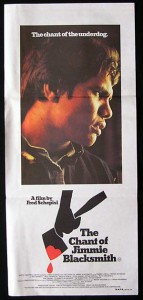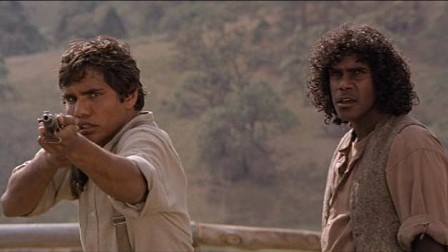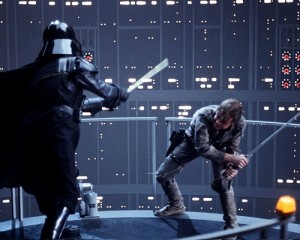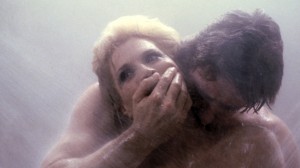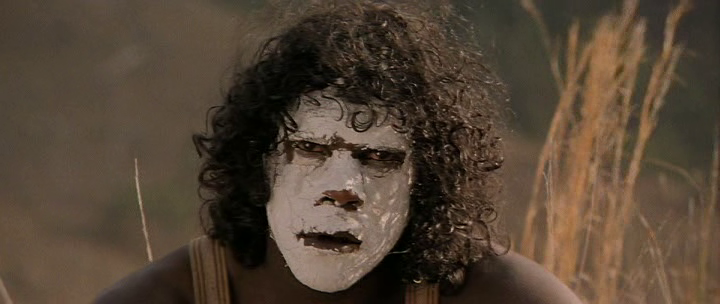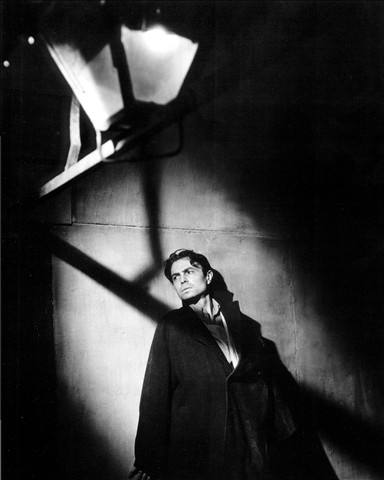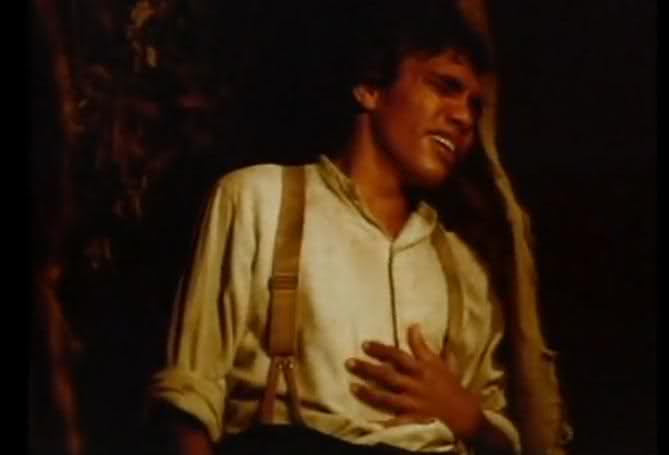From The Soho News (September 3, 1980). –- J.R.
The Chant of Jimmie Blacksmith
Written and directed by Fred Schepisi
Based on the novel by Thomas Keneally
For a good 80 percent or so of its running time, the experience
of seeing The Chant of Jimmie Blacksmith affords a
salutary, beautiful shock. Films that are even halfway honest
about racism — Mandingo and Richard Pryor Live in
Concert are the most recent examples that spring to mind
— are so unexpected that they’re often accused of being racist
themselves, perhaps because of the deeply rooted taboos that
they expose and violate.
There’s no question that Fred Schepisi’s powerhouse Australian
movie — adapted from a novel by Thomas Keneally (who plays a
small but significant role as a lecherous cook), and “based on real
events that took place in Australia at the turn of the century”
(just before the federation of Australian colonies) – is agit-prop,
ideologically slanted. But then again, it’s hard to think of any
other current release — including, say, The Empire Strikes
Back and Dressed to Kill -– that isn’t.
The aforementioned hits perform in part the not-so-innocent
task of turning contemporary objects of confusion and disgust
(recent architecture and sex, respectively) into occasions for
exhilarated lyricism. The Chant of Jimmie Blacksmith, no
less a feast for the eyes, intermittently succeeds in doing some
of the reverse. What all three films do in relation to the way we
live is equally political, whatever their apparent intentions.
Despite a soupy soundtrack score, which seems at times to
have been composed for a sluggish spectacle directed by J.
Lee Thompson, and a relish for beginning sequences with
startling close-ups that far exceeds any practical dramatic
utility that device can have, The Chant of Jimmie
Blacksmith is a stirring, often ingenious piece of invective
that deserves to be seen as widely as possible. It was made
two years ago, and, like a surprising number of other
interesting foreign films these days, has apparently circled the
globe at least eight times before arriving in up-to-date New York.
Meanwhile, it has been re-edited by writer-director Schepisi for
the more fidgety American market. (Perhaps significantly, he is
currently at work on a film in Hollywood.) From all the accounts
that I’ve been privy to, however, the original version — which also
had a somewhat elliptical narrative — dragged in spots. The
present one doesn’t, although there is an expositional bump or two,
and it appears that the deleted 14 minutes are relatively negligible.
***
The title hero is a half-caste aborigine (forcefully played by Tommy
Lewis), reared and educated in a mission by Rev. Neville (Jack
Thompson) and his wife Martha (Julie Dawson) – charitable racists
who decide to help him out simply because he’s half-white. (As Martha
points out to Jimmie, his grandchildren will be only one-eighth black
if he can marry a white woman. )
The film’s percussive pre-credits sequence – concentrating on the
dynamic clash between Jimmie’a aborigine culture and Christianity
– economically establishes the schizophrenia that dominates the film
and its hero. When a friend whispered (apropos of Pauline Kael’s early
gloss), “It’s not The Birth of a Nation, it’s The Wild Child,” I knew
exactly what she meant.
Shot by Ian Baker in ravishing Panavision compositions that sometimes
evoke color photographs by Joel Meyerowitz (particularly those using
door frames), the early parts of the film chronicle Jimmie’s jobs in
picaresque fashion. These consist mainly of putting up fences for
farmers, sheep-shearing, working in a stable and tracking for the
odious Constable Farrell (Ray Barrett), the scummiest villain I’ve
encountered in any film all year. The latter job ultimately entails
informing on a black man who is then sexually abused and
murdered by Farrell, while Jimmie tries not to listen. The hero
is then ordered to bury his betrayed friend and assist in the
cover-up.
It’s around this point that Jimmie Blacksmith’s status and function in
the film become complex and interesting. Too complicitous by now in
the evils of the white world to qualify any longer as a simple, liberal
victim in Schepisi’s crafty dramaturgy, he nevertheless continues for
some time to be the only plausible identification figure. When, after
suffering a great deal more intolerance and provocation much later
in the film (I’ve skipped a lot of the plot), he proceeds to commit mass
murder with the help of his Uncle Tabidgi (Steve Dodds), he becomes
a figure of extraordinarily ambiguous epic proportions — a Nat Turner
seen in Brechtian terms.
The only problem is, having performed this remarkable act of moral
violence on the spectator, Schepisi seems to have been at a loss about
what to do next. As soon as Jimmie becomes a fugitive outlaw (“I’ve
declared war, that’s what I’ve done”), his half-brother Mort (a purer
aborigine appalled by Jimmie’s continuing violence, played by the
very expressive Freddy Reynolds) becomes the central identification
figure — a sort of pagan, pre-intellectual Pierrot le fou.
Then McCready (Peter Carroll), an asthmatic white schoolteacher
taken along as hostage by Jimmie and Mort, emerges briefly as the
film’s moral spokesman, especially when he addresses Jimmie about
Mort: “He’s not really your brother, he’s an aborigine. There’s still
too much Christian in you. It’ll bugger him up, the way it’s
buggered you.”
But by this time, the narrative focus has become too diffuse. When
the film finally resumes its concentration on the title hero, he has
turned into an allegorical and mythical Christ figure, wounded and
unconvincing — rather like James Mason at the end of Odd Man Out.
The lapse is unfortunate, but far from lethal. The Chant
of Jimmie Blacksmith still contains enough energy and
insight and talent to warrant a look from anyone, whatever
its flaws. If Schepisi’s next film achieves even a fraction
of what this one sets out to do, it’ll clearly be something to watch.

